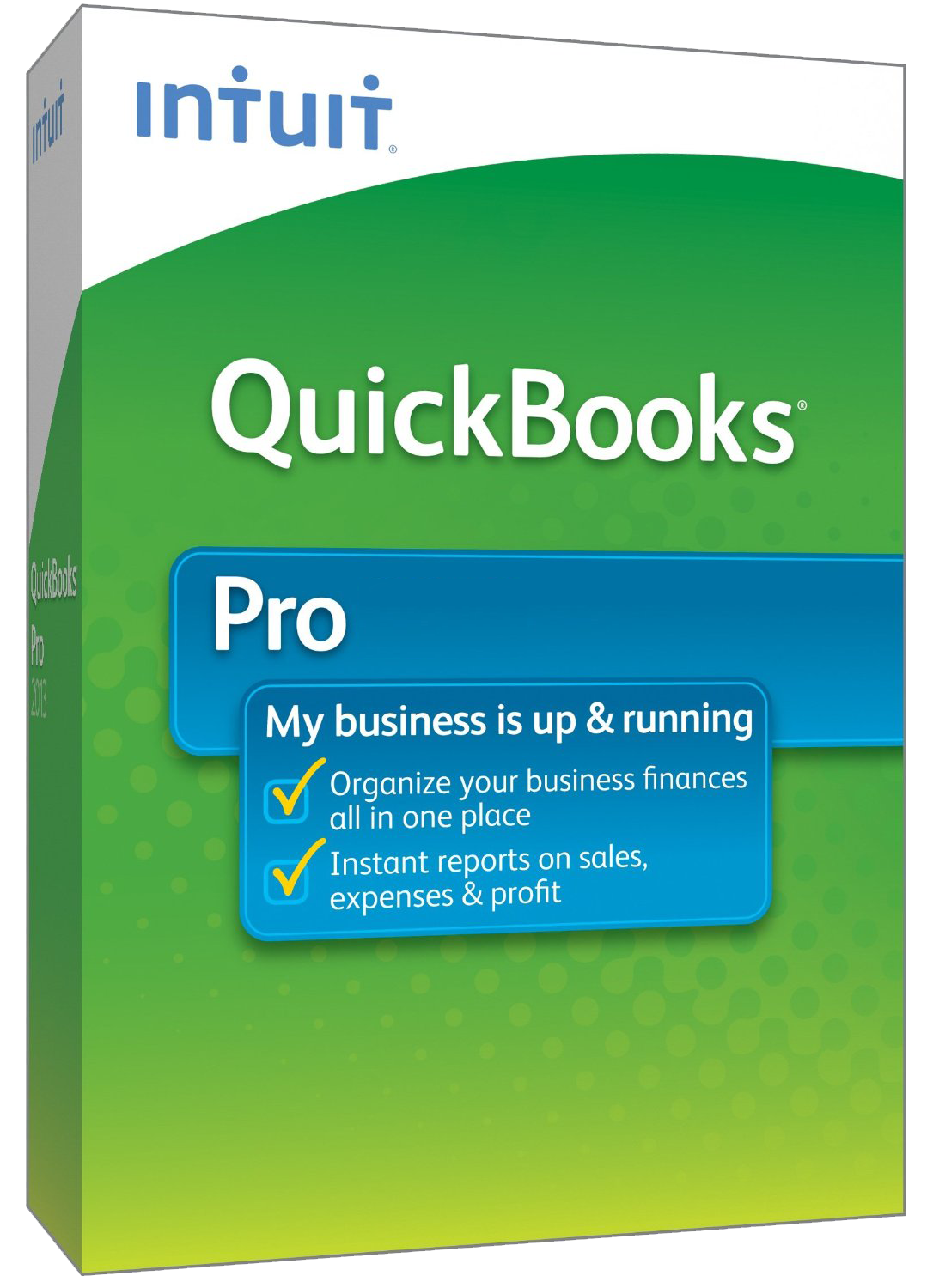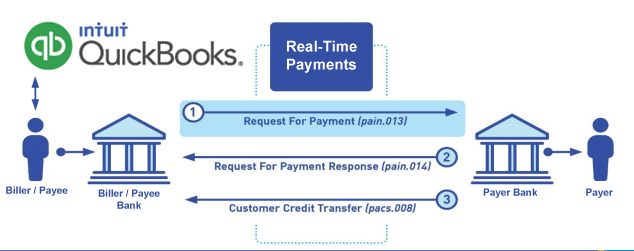QuickBooks® Batch Request for Payment Invoicing
The Best Solution for Payment Processing in QuickBooks®
Today Payments is an Authorized Developer of Intuit offering a highly robust app that supports both QuickBooks’ desktop and online customers, provide merchants with the tools they need so they can focus more time on their customers and businesses, and less time on data entry.
"Our Integrated payment solutions can save a typical small business owner more than 180 hours each year"
See
the features
QuickBooks® ACH, Cards, FedNow and Real-Time Payments
- Payment processing for all QuickBooks desktop, Pro, Premier, Enterprise and also QBO QuickBooks Online Our software is designed for simplicity and ease-of-use.


- ~ Automate Account Receivable Collection
- ~ Automate Account Payable Payments
- ~ One-time and Recurring Debits / Credits
Secure QB Plugin payment processing through QuickBooks ® specializes in the origination of moving money electronically.
Ask about our special:
Request for Payments
To integrate QuickBooks invoicing with FedNow and Instant Real-Time Payments (RTP) using XML, CSV, or ISO 20022 formats, you will follow a structured process for preparing, uploading, and reconciling Request for Payment (RfP) files. Below is a comprehensive guide to handling batch imports using any of these formats, leveraging QuickBooks for invoicing and real-time payment processing.
Overview of the Process
- Export invoices from QuickBooks (to CSV, Excel, or any required format).
- Convert or map the exported data to the appropriate format for FedNow or RTP (XML or ISO 20022).
- Batch import the RfP files into your bank or payment provider’s dashboard or API for real-time processing.
- Monitor and reconcile payments in QuickBooks.
Step-by-Step Guide
1. Export Invoices from QuickBooks
To prepare for batch importing Request for Payments (RfP), you’ll need to export invoice data from QuickBooks.
Exporting to CSV or Excel:
- Log in to your QuickBooks account.
- Navigate to the Invoices section.
- Select the invoices you want to include in the RfP file.
- Click Export and choose CSV or
Excel format.
- Make sure the exported data contains key
fields such as:
- Invoice Number
- Payer Details (Payer Name, Account Number, Routing Number)
- Payee Details (Payee Name, Account Number, Routing Number)
- Amount and Currency
- Due Date
- Invoice Reference Number
- Make sure the exported data contains key
fields such as:
Example CSV structure from QuickBooks:
csv
InvoiceNumber,PayeeName,PayeeAccount,PayeeRouting,PayerName,PayerAccount,PayerRouting,Amount,Currency,DueDate,InvoiceRef
INV-1001,ABC Corp,123456789,987654321,John Doe,987654321,123456789,500.00,USD,2024-10-01,INV-1001
INV-1002,XYZ LLC,2233445566,654321987,Jane Smith,1122334455,321654987,300.00,USD,2024-09-25,INV-1002
2. Convert to XML or ISO 20022 Format
If your bank or payment provider requires XML or ISO 20022 formats, you will need to convert the CSV or Excel file from QuickBooks into the required format.
Convert CSV/Excel to XML (ISO 20022 format):
Below is an example ISO 20022 XML structure for RfP processing with FedNow or RTP. Each XML file will include details of the payer, payee, amount, and other transaction-specific fields.
xml
<Document>
<ReqForPaymt>
<PayeeInfo>
<Name>ABC Corp</Name>
<AcctNumber>123456789</AcctNumber>
<RoutingNumber>987654321</RoutingNumber>
</PayeeInfo>
<PayerInfo>
<Name>John Doe</Name>
<AcctNumber>987654321</AcctNumber>
<RoutingNumber>123456789</RoutingNumber>
</PayerInfo>
<PaymentInfo>
<Amount>500.00</Amount>
<Currency>USD</Currency>
<DueDate>2024-10-01</DueDate>
<InvoiceRef>INV-1001</InvoiceRef>
</PaymentInfo>
</ReqForPaymt>
<ReqForPaymt>
<PayeeInfo>
<Name>XYZ LLC</Name>
<AcctNumber>2233445566</AcctNumber>
<RoutingNumber>654321987</RoutingNumber>
</PayeeInfo>
<PayerInfo>
<Name>Jane Smith</Name>
<AcctNumber>1122334455</AcctNumber>
<RoutingNumber>321654987</RoutingNumber>
</PayerInfo>
<PaymentInfo>
<Amount>300.00</Amount>
<Currency>USD</Currency>
<DueDate>2024-09-25</DueDate>
<InvoiceRef>INV-1002</InvoiceRef>
</PaymentInfo>
</ReqForPaymt>
</Document>
You can automate the conversion process using a script that reads the CSV file and outputs it as XML in the correct format.
Python Script to Convert CSV to XML:
python
import pandas as pd
import xml.etree.ElementTree as ET
# Load the CSV exported from QuickBooks
data = pd.read_csv('quickbooks_invoices.csv')
# Function to create RfP XML for each invoice
def create_rfp_xml(row):
root = ET.Element("Document")
rfp = ET.SubElement(root, "ReqForPaymt")
# Payee Information
payee = ET.SubElement(rfp, "PayeeInfo")
ET.SubElement(payee, "Name").text = row['PayeeName']
ET.SubElement(payee, "AcctNumber").text = str(row['PayeeAccount'])
ET.SubElement(payee, "RoutingNumber").text = str(row['PayeeRouting'])
# Payer Information
payer = ET.SubElement(rfp, "PayerInfo")
ET.SubElement(payer, "Name").text = row['PayerName']
ET.SubElement(payer, "AcctNumber").text = str(row['PayerAccount'])
ET.SubElement(payer, "RoutingNumber").text = str(row['PayerRouting'])
# Payment Information
payment = ET.SubElement(rfp, "PaymentInfo")
ET.SubElement(payment, "Amount").text = str(row['Amount'])
ET.SubElement(payment, "Currency").text = row['Currency']
ET.SubElement(payment, "DueDate").text = row['DueDate']
ET.SubElement(payment, "InvoiceRef").text = row['InvoiceRef']
return ET.ElementTree(root)
# Generate XML files for each invoice
for index, row in data.iterrows():
rfp_tree = create_rfp_xml(row)
rfp_tree.write(f'rfp_{row["InvoiceNumber"]}.xml')
3. Batch Import RfP Files to Your Bank’s Dashboard
Now that your RfP files are ready (whether in XML, CSV, or ISO 20022 format), you can proceed to upload them to your bank’s platform or real-time payment processor.
Method 1: Importing via Bank Dashboard
- Log in to your bank’s dashboard.
- Navigate to the Request for Payment (RfP) section.
- Select Batch Upload.
- Upload the CSV, XML, or ISO 20022 formatted file.
- Review the file details and click Submit for processing.
Method 2: Using Bank API for Batch Upload
If your bank or payment provider supports API-based batch uploads, you can automate the process using APIs.
python
import requests
# Bank API URL for FedNow or RTP RfP submission
url = "https://api.bank.com/fednow/rfp/batchupload"
headers = {
"Authorization": "Bearer your_access_token",
"Content-Type": "application/xml"
}
# Upload RfP XML files
for invoice_number in ['INV-1001', 'INV-1002']:
with open(f'rfp_{invoice_number}.xml', 'r') as xml_file:
rfp_data = xml_file.read()
response = requests.post(url, headers=headers, data=rfp_data)
if response.status_code == 200:
print(f"Invoice {invoice_number} submitted successfully.")
else:
print(f"Error processing invoice {invoice_number}: {response.text}")
4. Real-Time Payment Processing with FedNow and RTP
Once you’ve uploaded the RfP files:
- FedNow or RTP will process the Request for Payments in real time.
- The payer’s bank will receive the payment request and notify the payer.
- Upon approval by the payer, the funds are transferred to the payee’s account instantly.
- Real-time payment updates will be available in the
bank dashboard, such as:
- Accepted
- Pending
- Rejected (with error messages)
5. Reconcile Payments in QuickBooks
After the payments are confirmed:
- Log in to QuickBooks.
- Go to the Invoices section.
- Mark the relevant invoices as Paid.
- You can also use bank feeds in QuickBooks to automatically reconcile the received payments with invoices.
6. Monitor and Report
- Use your bank’s dashboard to track the status of each RfP request.
- Download reports from your payment processor or bank for compliance and tracking purposes.
Key Considerations:
- Data Accuracy: Ensure that all payee and payer details are correct before submitting RfP files to avoid rejections.
- Compliance: Ensure all transactions comply with KYC and AML regulations.
- File Validation: Validate your XML or CSV file formats before submission to avoid errors.
Summary Workflow:
- Export invoices from QuickBooks in CSV or Excel.
- Convert the data into ISO 20022 XML, CSV, or other required formats.
- Batch import the RfP files via the bank dashboard or API.
- Monitor real-time payments via FedNow or RTP.
- Reconcile payments in QuickBooks.
This process enables seamless and efficient batch import and real-time payment processing of invoices using QuickBooks, ensuring timely payment requests through FedNow and RTP systems.

Call us, the .csv and or .xml Request for Payment (RfP) file you need while on your 1st phone call! We guarantee our reports work to your Bank and Credit Union. We were years ahead of competitors recognizing the benefits of RequestForPayment.com. We are not a Bank. Our function as a role as an "Accounting System" in Open Banking with Real-Time Payments to work with Billers to create the Request for Payment to upload the Biller's Bank online platform. U.S. Companies need help to learn the RfP message delivering their bank. Today Payments' ISO 20022 Payment Initiation (PAIN .013) show how to implement Create Real-Time Payments Request for Payment File up front delivering message from the Creditor (Payee) to it's bank. Most banks (FIs) will deliver the message Import and Batch files for their company depositors for both FedNow and Real-Time Payments (RtP). Once uploaded correctly, the Creditor's (Payee's) bank continuing through a "Payment Hub", will be the RtP Hub will be The Clearing House, with messaging to the Debtor's (Payer's) bank.
Our in-house QuickBooks payments experts are standing ready to help you make an informed decision to move your company's payment processing forward.
Pricing with our Request For Payment Professionals

1) Free ISO 20022 Request for Payment File Formats, for FedNow and Real-Time Payments (The Clearing House) .pdf for you manually create "Mandatory" (Mandatory data for completed file) fields, start at page 4, with "yellow" highlighting. $0.0 + No Support
2) We create .csv or .xml formatting using your Bank or Credit Union. Create Multiple Templates. Payer/Customer Routing Transit and Deposit Account Number may be required to import with your bank. You can upload or "key data" into our software for File Creation of "Mandatory" general file.
Fees = $57 monthly, including Support Fees and Batch Fee, Monthly Fee, User Fee, Additional Payment Method on "Hosted Payment Page" (Request for file with an HTML link per transaction to "Hosted Payment Page" with ancillary payment methods of FedNow, RTP, ACH, Cards and many more!) + $.03 per Transaction + 1% percentage on gross dollar file,
3) Payer Routing Transit and Deposit Account Number is NOT required to import with your bank. We add your URI for each separate Payer transaction.
Fees Above 2) plus $29 monthly additional QuickBooks Online "QBO" formatting, and "Hosted Payment Page" and WYSIWYG
4) Above 3) plus Create "Total" (over 600 Mandatory, Conditional & Optional fields of all ISO 20022 Pain .013) Price on quote.
